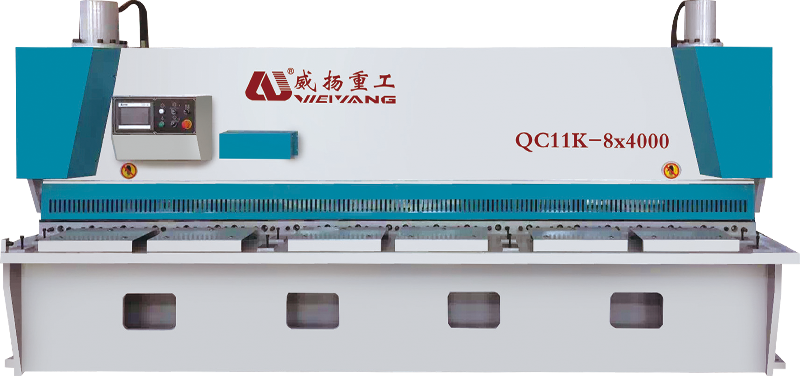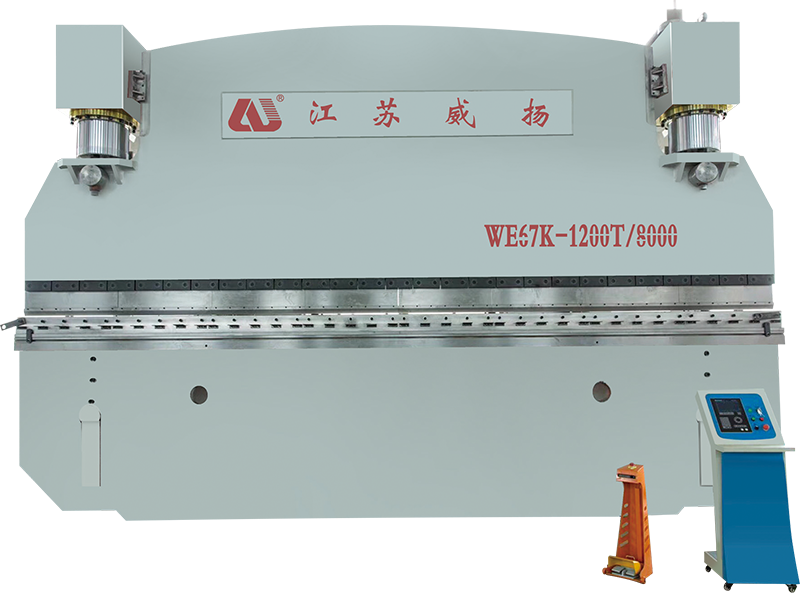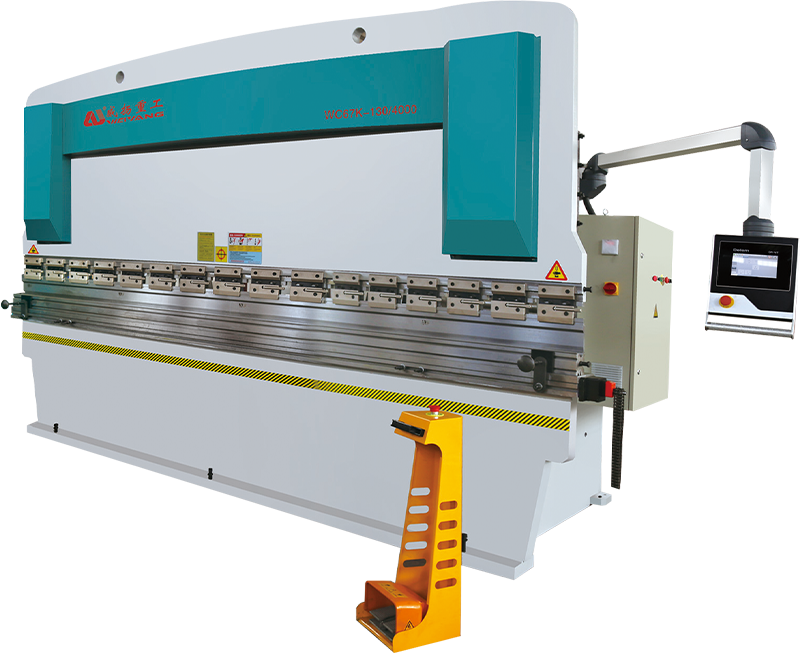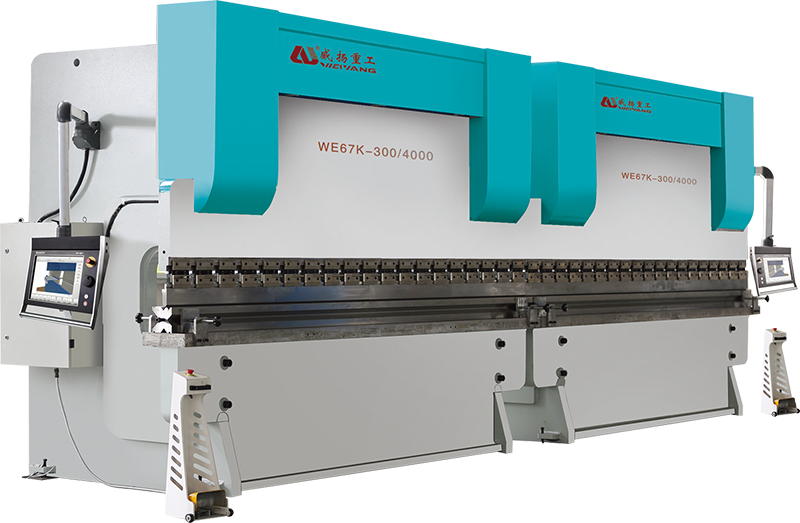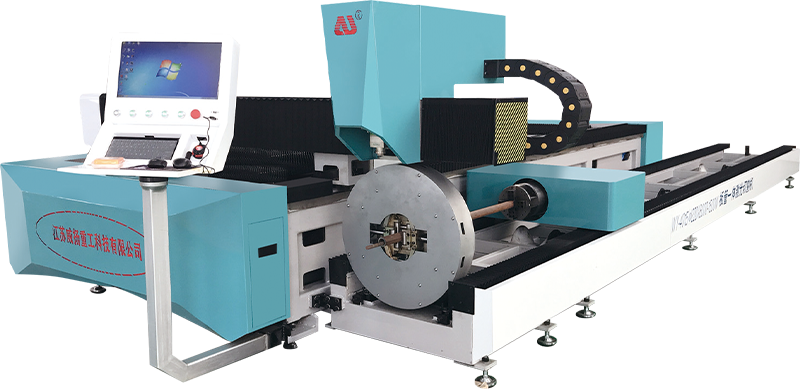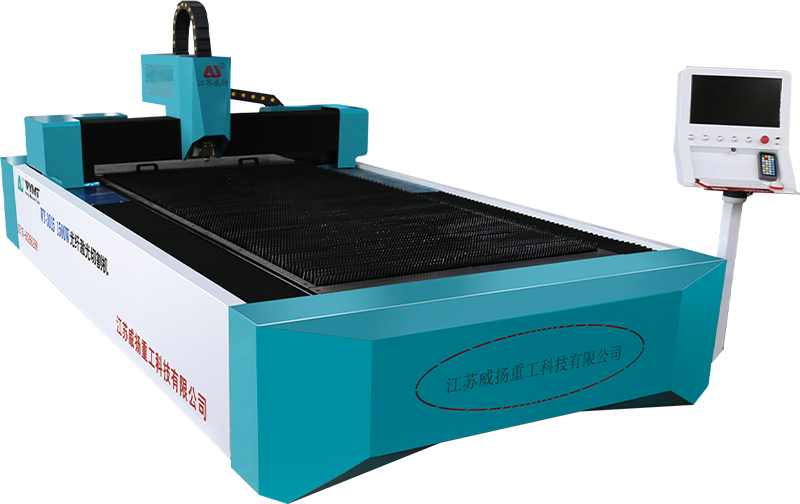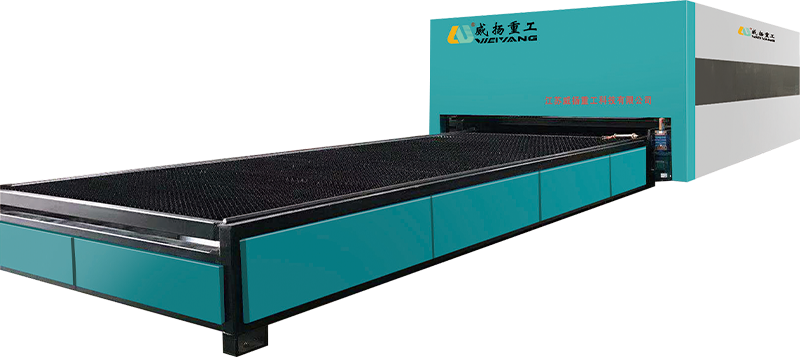How does the Pure Electric Bending Machine handle the challenges of bending complex geometries or irregularly shaped parts?
The Pure Electric Bending Machine utilizes a sophisticated Computer Numerical Control (CNC) system, enabling precise and programmable bending processes for complex geometries. Unlike conventional machines, the CNC system in electric bending machines is capable of executing multi-axis bending tasks, which allows for the creation of intricate parts with non-linear or non-conventional shapes. Through the use of advanced software, the machine can be programmed to follow a detailed sequence of bending commands that adjust the positioning, angle, and pressure dynamically throughout the bending cycle. This capability allows operators to efficiently produce custom parts with complex angles, curves, and profiles that would otherwise require multiple machines or manual processes. The flexibility of the CNC system also makes it easy to modify and adjust the programming for different designs, facilitating the quick adaptation to new or evolving product specifications. With precision and repeatability being integral, CNC control provides a high level of accuracy, reducing human error and ensuring that even the most detailed geometries are bent correctly on the first pass.
When working with complex geometries or irregularly shaped parts, the bending forces required can vary considerably across the workpiece. The Pure Electric Bending Machine is equipped with an advanced system that dynamically adjusts the bending force in real-time, based on input from various sensors and the specific demands of the part being bent. Unlike traditional machines that apply a constant force across the entire bending process, electric machines can provide targeted force control, adjusting the pressure at different points on the part to ensure uniform bending without creating excessive strain on sensitive areas. This is particularly useful when dealing with parts that have variable thicknesses, different material properties, or sharp angles. The precision of force application helps avoid common issues like distortion, cracking, or wrinkling, ensuring that parts with complex geometries are accurately bent without compromising material integrity.
The multi-axis bending capability of the Pure Electric Bending Machine is one of its standout features when handling irregular or complex shapes. Unlike machines limited to single-axis bending or two-dimensional planes, the electric bending machine can bend materials along three or more axes simultaneously or in sequence, accommodating parts with 3D geometries or curved profiles. This versatility allows the machine to handle a wider range of part designs, such as spirals, conical shapes, or parts with multiple bend angles. The machine can perform adjustable multi-step bending, where the part is bent progressively at various angles in a precise sequence, making it possible to achieve difficult shapes in a single cycle. Multi-axis capabilities also contribute to higher throughput, as operators can quickly switch between bending different parts with complex geometries without needing to reconfigure the machine or invest in specialized tooling.
One of the core strengths of the Pure Electric Bending Machine is its ability to achieve high precision and repeatability. Precision is critical when bending irregular or complex parts, as even the smallest deviation in angle or position can result in significant errors, especially for parts that require tight tolerances. The servo-driven electric actuators used in these machines offer precise control over the positioning and movement of the bending tools, enabling minimal deviation from programmed values. This means that after the initial setup and programming, the machine can produce parts with extremely tight tolerances, ensuring consistency over long production runs. The repeatability of the machine guarantees that each part, regardless of complexity, will conform to the exact same specifications every time.






